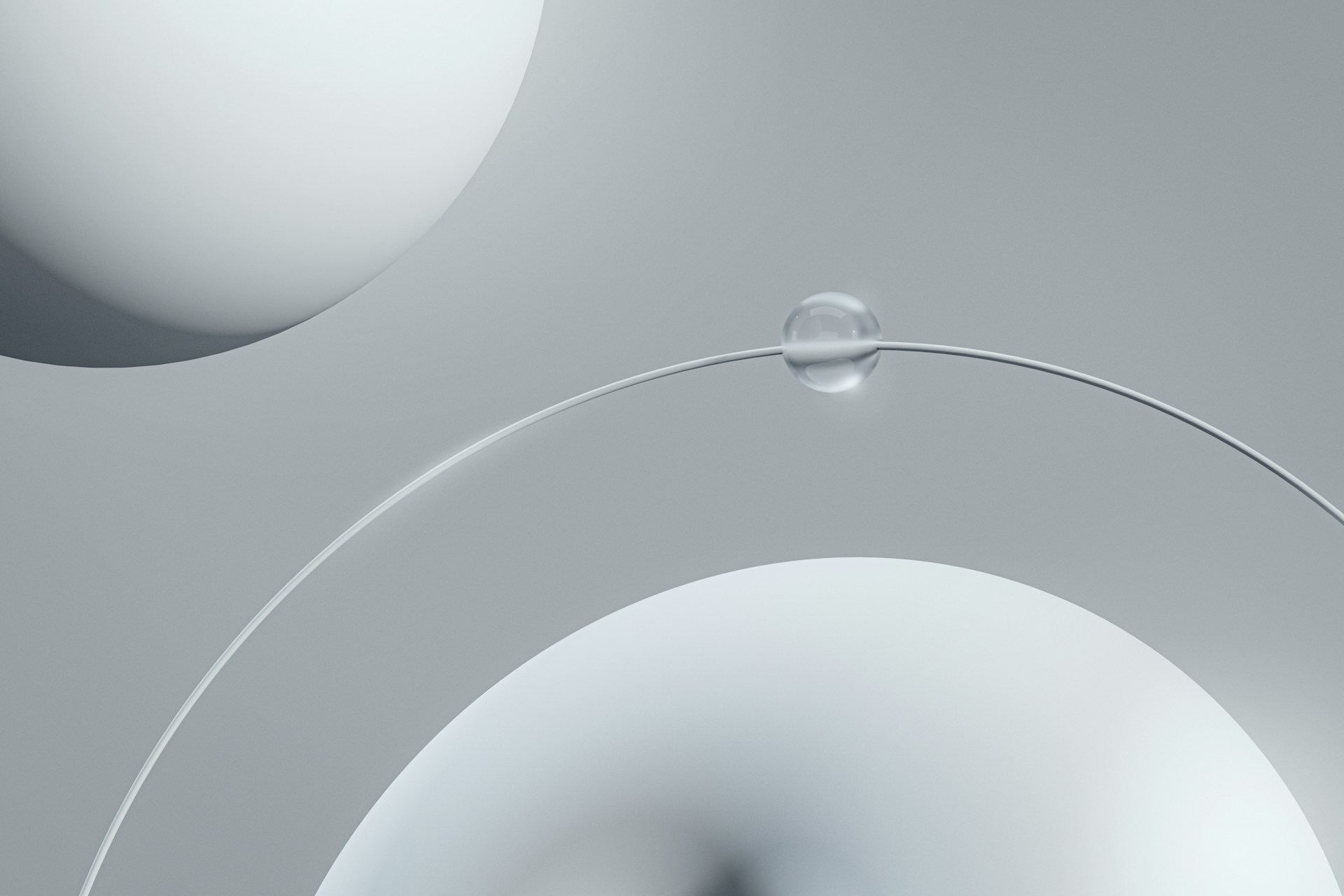Today’s Migraine: How to Manage Migraines at Work
Migraines are a common and debilitating condition that affects millions of people worldwide. For those who suffer from migraines, trying to manage them while at work can be particularly challenging. The throbbing pain, sensitivity to light and sound, nausea, and other symptoms associated with migraines can make it difficult to focus and be productive at work. However, with some careful planning and self-care strategies, it is possible to effectively manage migraines while still being able to fulfill work responsibilities.
First and foremost, it is important for individuals who suffer from migraines to recognize their triggers. These triggers can vary from person to person and may include stress, certain foods, hormonal changes, lack of sleep, and other factors. By identifying these triggers, individuals can take steps to avoid or minimize them, thus reducing the frequency and intensity of their migraines.
Another important aspect of managing migraines at work is to create a calm and migraine-friendly workspace. This may include adjusting the lighting, reducing noise levels, and ensuring that the workspace is well-ventilated. It is also helpful to have a designated rest area where individuals can go to rest and recuperate if a migraine does occur.
In addition to creating a migraine-friendly workspace, it is important for individuals to prioritize self-care at work. This may include taking regular breaks, practicing relaxation techniques such as deep breathing or meditation, staying hydrated, and eating regular, healthy meals. It is also important for individuals to get an adequate amount of sleep each night in order to prevent migraines from occurring.
When a migraine does occur at work, it is important for individuals to have a plan in place to manage it effectively. This may include taking over-the-counter or prescription medications, using ice packs or hot packs on the head or neck, practicing relaxation techniques, and seeking support from colleagues or supervisors if needed. It is also important for individuals to communicate with their employer about their migraines and any accommodations they may need in order to effectively manage them at work.
In conclusion, managing migraines at work can be challenging, but with some careful planning and self-care strategies, it is possible to effectively cope with this condition while still being able to fulfill work responsibilities. By identifying triggers, creating a migraine-friendly workspace, prioritizing self-care, and having a plan in place for managing migraines when they occur, individuals can successfully navigate the challenges of working with migraines.
For more information visit:
Cart Page | Today’s Migraine
https://www.todaysmigraine.com/
Grove City, United States
Cart Page | Today’s Migraine











